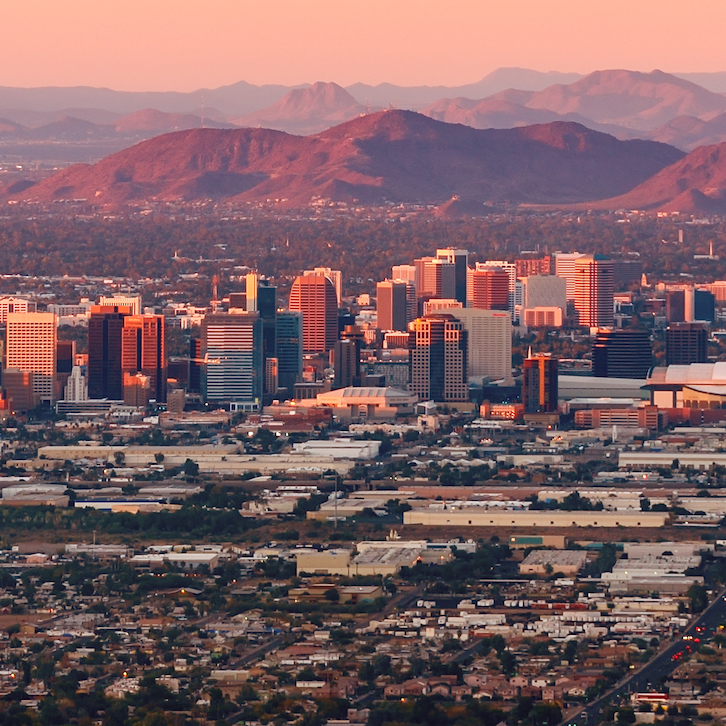Kidney Cysts (Renal Cysts)
Cysts in the kidney are very common. They say about 20-30% of the population can have a kidney cyst sometime in their life. Most of the cysts are benign- meaning they are not cancer and do not cause any pain or damage to the body. A very small percentage of cysts can be dangerous. Depending on what they look like, some can be cancerous and may have to be removed. Rarely do cysts cause pain or infection. Some people are prone to excessive cysts which can over-take the whole kidney, but again this is a rare condition.
Symptoms:
- Generally, no symptoms. Cysts are usually found when you are getting a test for something else and the incidentally show up on an ultrasound or CT scan.
Causes:
- Some people are genetically prone to forming cysts but overall, there is nothing you can do to prevent or cause cysts.
Evaluation and diagnosis:
Imaging studies are the best way of diagnosing and following cysts. Unless you already know you have a cyst, they are usually picked up on an ultrasound or CT scan of the abdomen usually when you are testing for another condition.
Ultrasounds are a good test for cysts, however a CT scan with and without IV contrast is the preferred test. If there is any question about what type of cyst it is, sometimes your doctor will order an MRI.
Cysts are graded on a scale called the Bosniak classification.
Grade 1- usually called simple cysts. They are the most common type and do not need to be followed over time.
Grade 2- usually called mildly complex. They are not cancer, but should be followed over time with imaging studies to make sure they do no grow or change in nature.
Grade 2f- just a little more complex. These are treated like regular grade 2 cysts but generally have a higher chance developing into cancer.
Grade 3 and 4- these cysts have lots of calcifications or are solid in nature which tend to mostly be cancerous. Around 90% of these are cancerous and are removed surgically.
Treatment:
Most cysts do not require treatment. At most, they are followed with imaging to make sure they do not develop into Grade 3 or 4. Very rarely an extremely large Grade 1 or 2 cyst can push on nerves and cause pain or can get infected. These can be drained percutaneously (thru the skin) or removed surgically if they are bothersome.
Grade 3 and 4 cysts are removed surgically.
Dr. Shaba can discuss with your best treatment options depending on what he sees on the imaging tests.
For more information please visit: https://www.urologyhealth.org/urology-a-z/k/kidney-(renal)-dysplasia-and-cystic-disease




